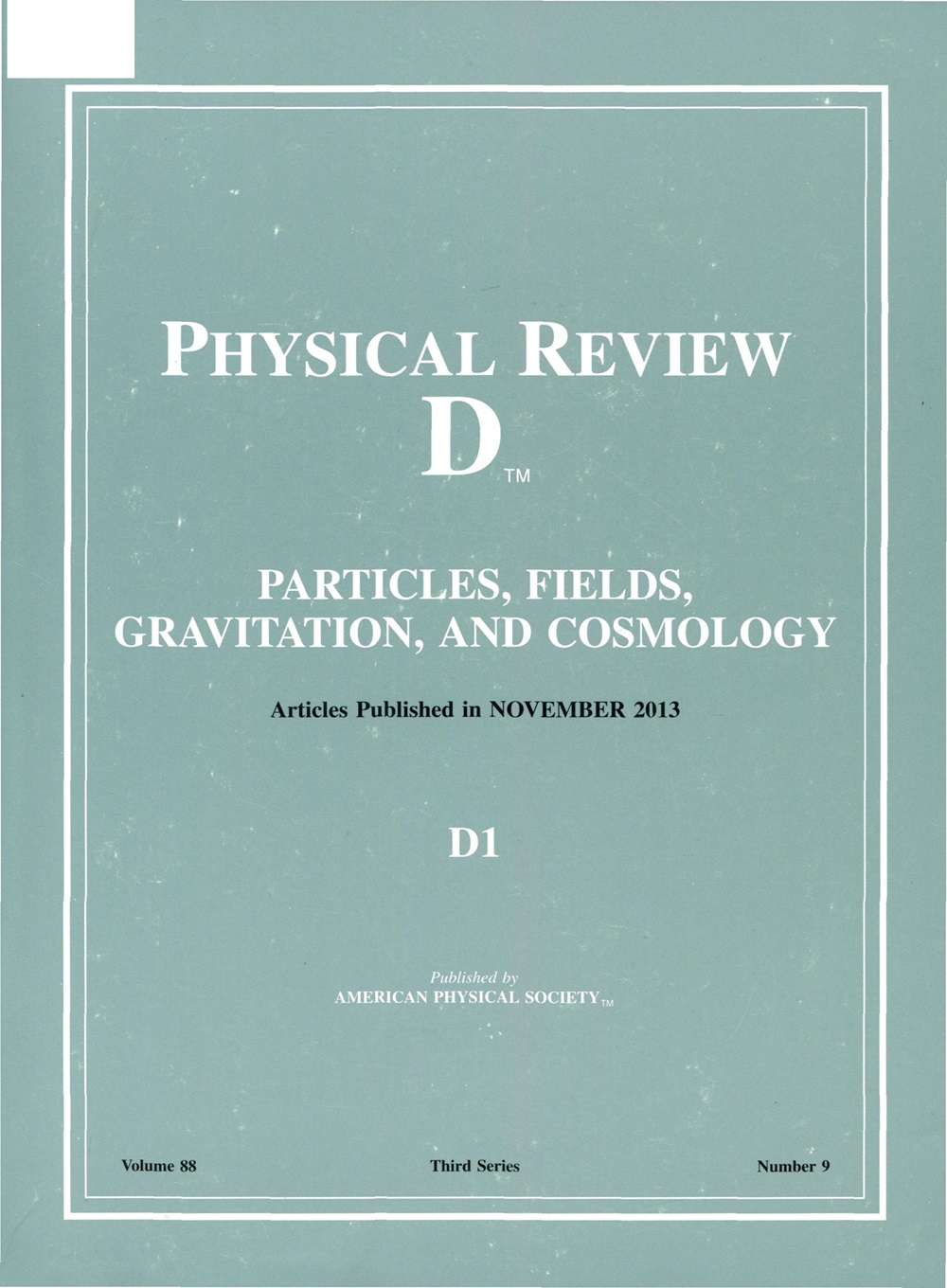Attenuation of boosted dark matter in two component dark matter scenario
IF 5.3
2区 物理与天体物理
Q1 Physics and Astronomy
引用次数: 0
Abstract
Boosted dark matter constitutes a small fraction of the total dark matter in the Universe, with mass ranging from eV to MeV and often exhibiting (semi)relativistic velocity. Hence the likelihood of detecting boosted dark matter in Earth-based direct detection experiments is relatively high. There is more than one explanation for the origin of the boosted dark matter including the two-component dark matter models where the heavier dark matter species(dominant) annihilates to nearly monoenergetic light dark matter particles (subdominant) in the galactic halo. If the dominant dark matter species is heavier (MeV-GeV), the subdominant light dark matter achieves (semi)relativistic velocity or . These boosted dark matter particles suffer from scattering with electrons and nuclei while crossing the atmosphere and the Earth’s crust before reaching underground experiments and hence the kinetic energy of the dark matter is attenuated. In the two-component dark matter framework, we examine how the boost of the dark matter influences the attenuation of kinetic energy across a broad spectrum of dark matter masses. We perform a detailed study at various DM-electron and DM-nucleus cross sections including the effect of nuclear form factor and elastic and inelastic scattering (for large kinetic energy). For a 10 MeV boosted dark matter with boost ∼10−100, the effect of DM-electron scattering is found to be severe than the DM-nucleus scattering (with form factor) if DM-nucleon scattering cross section is双组分暗物质场景下被增强暗物质的衰减
被增强的暗物质只占宇宙中暗物质总量的一小部分,其质量范围从eV到MeV不等,并且经常表现出(半)相对论速度。因此,在基于地球的直接探测实验中探测到增强暗物质的可能性相对较高。对于被增强的暗物质的起源,有不止一种解释,包括双组分暗物质模型,其中较重的暗物质物种(占主导地位)湮灭为星系晕中几乎单能量的轻暗物质粒子(占次要地位)。如果主导暗物质更重(MeV-GeV),次主导的轻暗物质达到(半)相对论速度或。在到达地下实验之前,这些被增强的暗物质粒子在穿越大气层和地壳时受到电子和原子核的散射,因此暗物质的动能被减弱了。在双组分暗物质框架中,我们研究了暗物质的增强如何影响广泛暗物质质量的动能衰减。我们在各种dm -电子和dm -核横截面上进行了详细的研究,包括核形状因子和弹性和非弹性散射(大动能)的影响。对于10 MeV、boost ~ 10−100的暗物质,如果dm -核子散射截面为10−29 cm2,则dm -电子散射的影响比dm -核散射(具有形状因子)更严重。我们还展示了增强暗物质通量的峰值位置如何由于其动能的衰减而移动。2025年由美国物理学会出版
本文章由计算机程序翻译,如有差异,请以英文原文为准。
求助全文
约1分钟内获得全文
求助全文
来源期刊

Physical Review D
物理-天文与天体物理
CiteScore
9.20
自引率
36.00%
发文量
0
审稿时长
2 months
期刊介绍:
Physical Review D (PRD) is a leading journal in elementary particle physics, field theory, gravitation, and cosmology and is one of the top-cited journals in high-energy physics.
PRD covers experimental and theoretical results in all aspects of particle physics, field theory, gravitation and cosmology, including:
Particle physics experiments,
Electroweak interactions,
Strong interactions,
Lattice field theories, lattice QCD,
Beyond the standard model physics,
Phenomenological aspects of field theory, general methods,
Gravity, cosmology, cosmic rays,
Astrophysics and astroparticle physics,
General relativity,
Formal aspects of field theory, field theory in curved space,
String theory, quantum gravity, gauge/gravity duality.
 求助内容:
求助内容: 应助结果提醒方式:
应助结果提醒方式:


